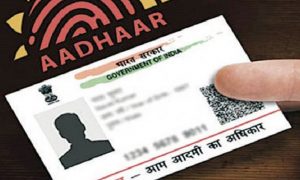Users will see an ‘Add to Cart’ button when viewing a WhatsApp Business catalogue.

WhatsApp has introduced ‘carts’, to further ease shopping on the instant messaging platform. The new update comes almost a month after the Facebook-owned company brought a shopping button to its app to let users easily browse catalogues offered by businesses on the platform and place orders. With the advent of carts, WhatsApp has moved a step further towards bringing a full-fledged shopping experience to the app where people can look at different products, build carts, place orders, and pay — all under one roof.
The latest update on WhatsApp brings an ‘Add to Cart’ button that users will see while browsing a catalogue provided by a WhatsApp Business account. This will allow users to add multiple items from one merchant to a cart and share it with the seller to place the order directly through the app.
Just like any e-commerce site or mobile app, WhatsApp will now provide users with the option to add or remove one or more items from their carts. They can also look at the items they have added to their carts by tapping the new, dedicated icon while browsing the catalogue of a WhatsApp Business account.
Once the items are added to the cart, it can be shared as a single message with the seller associated with the WhatsApp Business account. The seller will then reply to confirm the order. The sellers could also accept payment using WhatsApp Pay to complete the order and initiate the delivery process. WhatsApp has also brought a new cart-themed sticker to its ‘Open for Business’ sticker pack for merchants to start promoting their businesses within groups and chats on the platform.
By allowing buyers to group different items in a single message using the carts feature, WhatsApp has also made it easier for business accounts to manage orders. It seems quite similar to how a seller receives the checkout flow on traditional online marketplaces.
The new experience is live for all WhatsApp users globally. It is an extension to the dedicated shopping button and business catalogues that the app had introduced earlier.





































